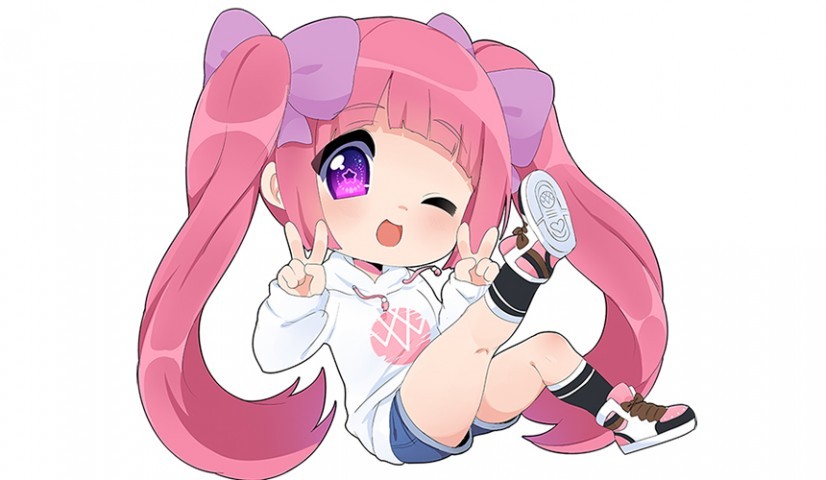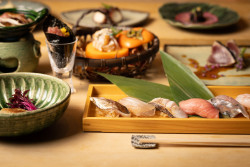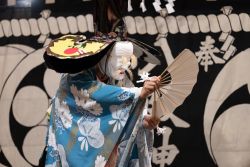
May 31, 2017
Waifu Wednesdays
A music platform delivering the ultimate kawaii sugar rush
“Kawaii” usually gets used to describe adorable images, ranging from fuzzy mascot characters to food cooked to resemble cuddly critters. And outside of Japan anything tagged with the word, which roughly translates to “cute,” tends to gain traction. In the last couple of years, this has even applied to electronic music.
“When I think of the term ‘kawaii’ in relation to music, I think of happy upbeat tracks, maybe kinda bubbly or fluffy?” says Colin, the founder of the YouTube channel Waifu Wednesdays. “Using the term ‘kawaii’ to label their music is 100 percent appropriate. It really does describe what they make accurately.”
Colin (who asked not to share his full name) has been helping to introduce independent Japanese producers to the greater world since the summer of 2015, when he founded Waifu Wednesdays. A casual glance at it might leave one a bit disconcerted — the name comes from a popular Twitter hashtag where users share photos of anime women, while all of the channel’s videos feature cartoon ladies, some wearing less than others. It initially looks like the inside of a shady Akihabara store.
Yet Waifu Wednesdays has highlighted artists — many of them Japanese — making a mutation of electronic music dubbed “kawaii bass.” The style merges the uptempo, busy sounds of future bass (with elements of EDM — say, a bass drop) with softer sonic elements. Creators such as Yunomi, Snail’s House and Tomggg add bell chimes, xylophone notes and samples of anime characters to this template.
It’s the most
aggressive sugar rush you can experience. And Colin’s channel has become a key part of the style, with over 100,000 followers on YouTube and uploads routinely racking up thousands of views.
“I promote what I like to listen to. A lot of what I like to listen to comes out of Japan too, so that’s probably why a lot of the artists are Japanese,” Colin says. Before Waifu Wednesdays, he started recording music under the name Hentai Dude. “It was my original persona I created as a joke when I was sixteen. It’s more of an online personality that I tweet from.” Although it was a goof, he gained a sizeable following from it.
“I started to notice there were so many other artists making actual music, not the joke stuff I was making. I felt guilty and undeserving of my audience. They deserved the attention so much more than I did,” he says. “I eventually realized I was able to help them and decided to make a promotion channel.”
Enter Waifu Wednesdays. “I started by contacting several artists, asking if they’d be interested in featuring on the channel, letting them know that it was a non-profit promotion,” Colin says. “From there I’d just start creating and promoting, as the channel grew my connections with other artists grew, and eventually I met and became friends with these artists.”
His timing couldn’t be better. Traditional means of discovering and listening to music have crumbled over the past decade, and YouTube by many metrics has become the go-to place for people to hear new sounds. Dance music, meanwhile, has been enjoying a resurgence in popularity … as has anime, especially online. Waifu Wednesday offers up buzzy, high-energy electronic tunes alongside a strong visual aesthetic.
It isn’t the only YouTube destination wading into similar Technicolor waters. Colin points to the channels Tasty and Monstercat as often featuring similar artists, though both of those networks expand beyond kawaii bass (and anime imagery). Closer in visuals are Diversity and Moe Music, which also load up on Akihabara-friendly pictures alongside their electronic tunes.
“As far as how the scene has developed, I’ve started to notice a wider trend of Westerners listening to and creating this type of music,” Colin says. “I think it’s wonderful as I don’t believe it to be a region-locked genre.” Artists such as France’s Moe Shop and South Korea’s Night Tempo are frequent contributors to Waifu Wednesdays, and while every artist brings their own take to the style, all of it sounds appropriately twinkling and colorful.
Whatever “kawaii” means to you, channels such as Waifu Wednesdays have shown one way for Japanese artists — especially independent ones — to make inroads abroad. They just better be up on their anime characters.
Check it out here: Waifu Wednesdays
And more kawaii music on YouTube: Tasty Monstercat Diversity Moe Music







